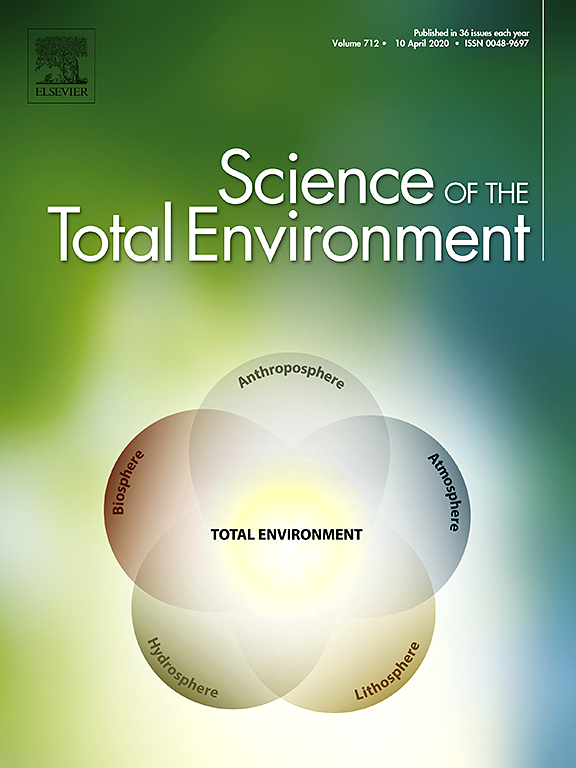
Ricerca & Innovazione > Contributi Scientifici
Cislaghi A., Bischetti, G. B.
In mountainous-forested landscape, quantifying the materials produced at hillslope scale that effectively reach the channel network with a given probability is currently challenging, due to the uncertainties in modelling the frequency-magnitude distribution of failures and in determining the sediment connectivity between unstable areas and channel network.
The purpose of this study is to develop a modular approach to assess the sediment source areas and the probability of mobilization from hillslope, and to estimate the probability of sediment input to the streams proposing a new connectivity index.
The first goal was faced adopting a 3D probabilistic slope stability method that includes the spatially distributed characteristics of forest coverage. The second aim was tackled by comparing sediment travel distance and the minimum-topographic distance to reach the nearest stream. A simple deposition model was applied to estimate the percentage of the sediment entering into the stream network.
The methodology was tested on three headwater catchments in northern Italian Alps. The outputs were landslide susceptibility maps, which showed robust performances when compared to the available landslide inventories (AUC > 0.726), and maps of the probability that sediment reaches the channel network. In this way, it was possible to identify which areas are the most susceptible to landsliding, how many sediment materials can be mobilised with a given probability, and which is the degree of sediment connectivity with the channel system. Results obtained for the tested catchments, compared with data available from the literature, showed that the proposed methodology is of general validity, especially for those territories characterized by rainfall-triggered landslides and forest coverage.
This study, then, provides a robust framework to improve debris-flow risk management and to implement watershed management strategies, such as planning forestry operations or positioning retention structures addressed to increase slope stability and to reduce sediment delivery.
